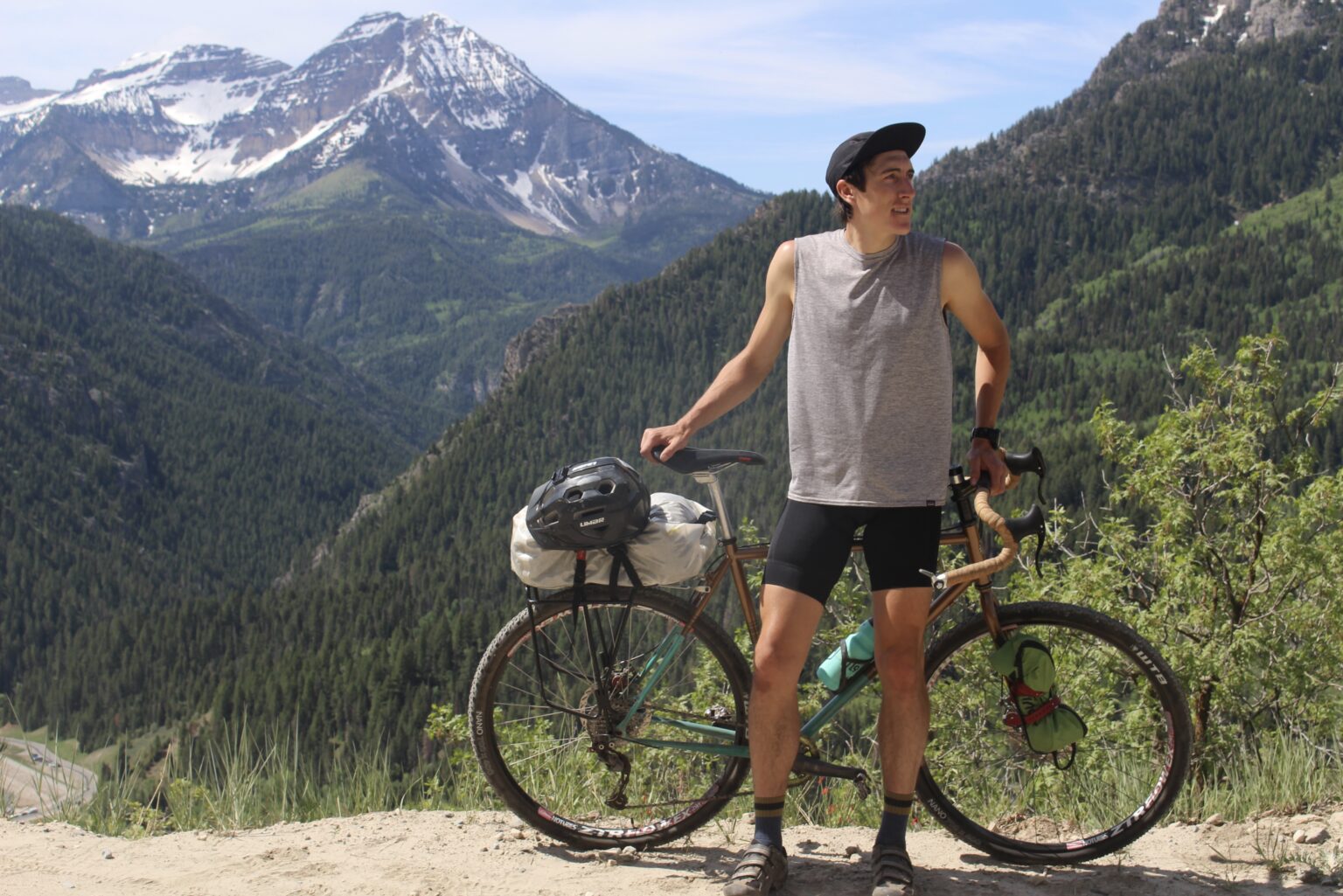By Vic Johnson, Mountain Sports Nutritionist
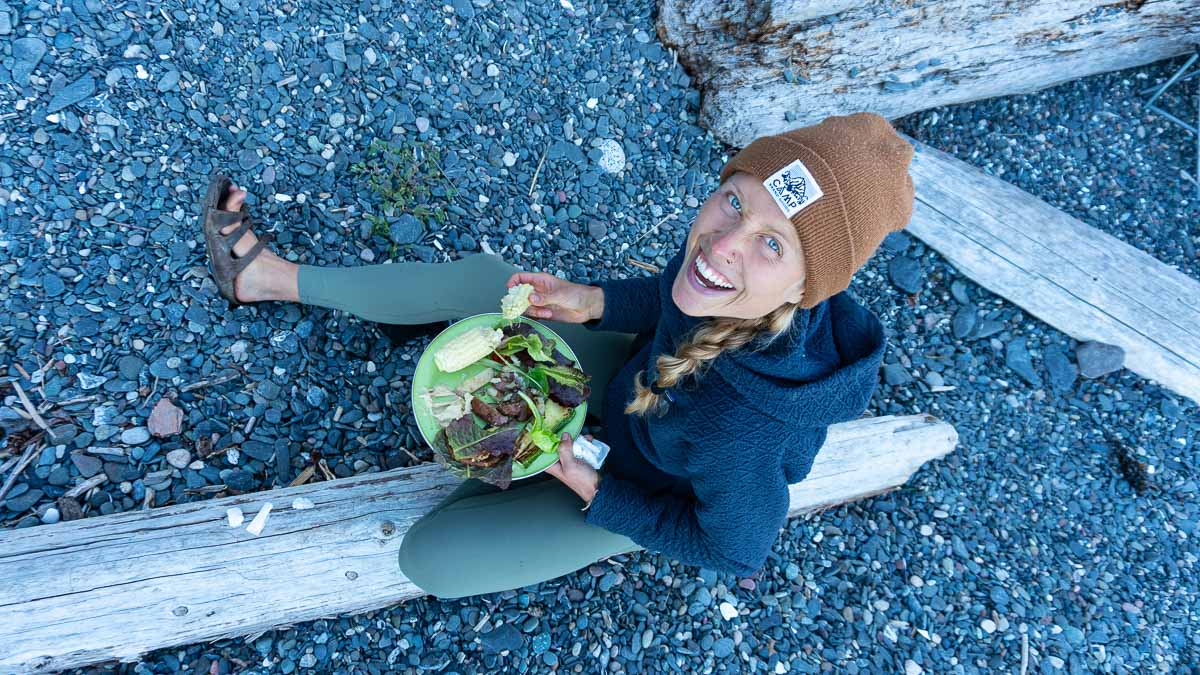
Have you ever busted a chain on your bike? I don’t recommend it. Once, during a xc mountain bike race, I was pumping hard uphill in a good position, when all of the sudden…”ping, whip!”, my chain snapped and came flying off.
My knee came down hard on my top tube, and I hobbled my bike to the side of the trail, collected what I could of my broken chain, and did the walk of shame back to the finish line. Needless to say, the podium finish I was hoping for did not happen.
Just like a faulty chain on your bike could cost you a race, or at the very least, screw up your plans for a fun ride, inadequate fueling and poor nutrition habits could turn your long run into a death march.
For big days in the mountains, it’s important to have your pre, during, and post run fueling strategy dialed in. No weak links, right?
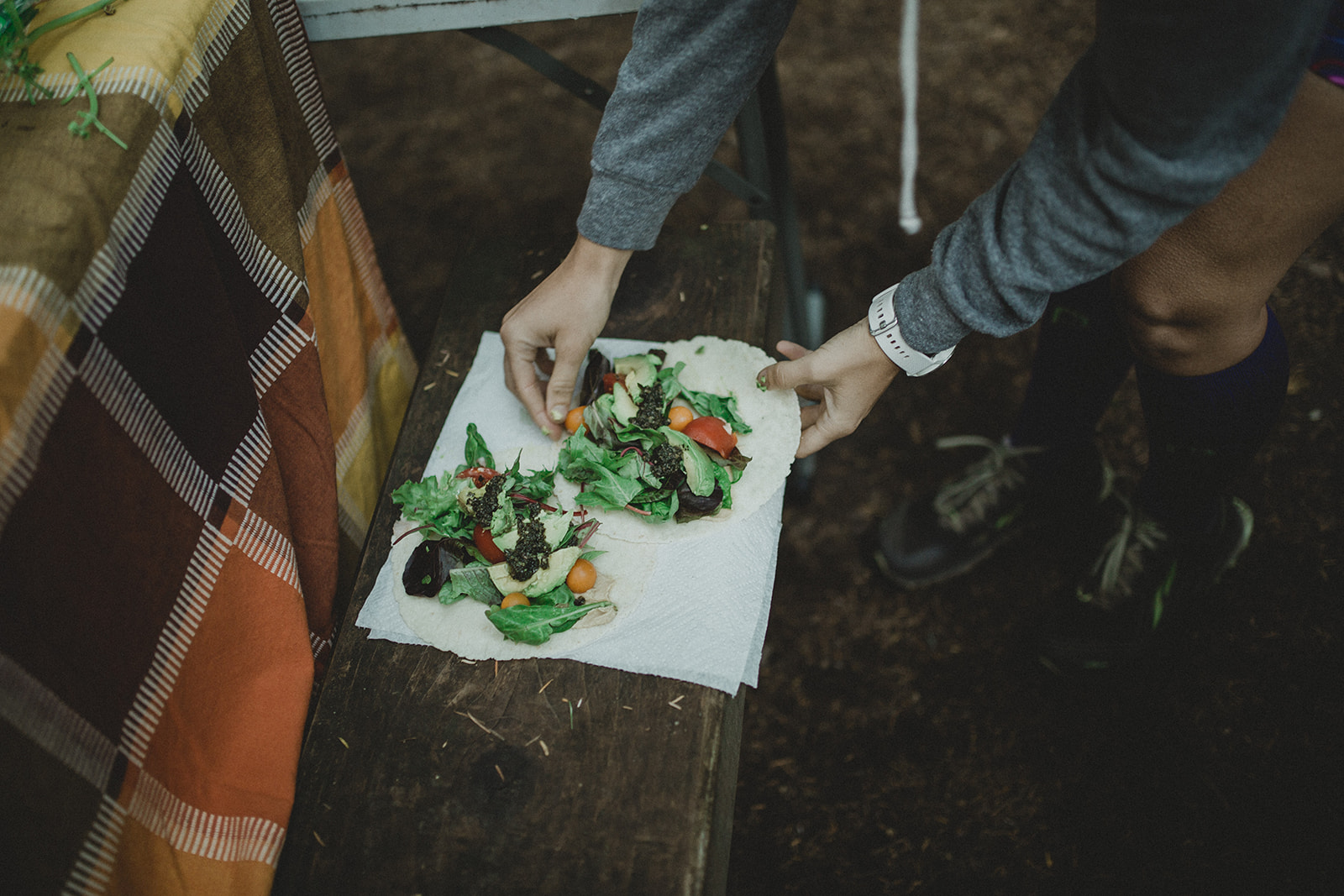
What to eat BEFORE a big day in the mountains:
The main focus of your fueling strategy before a long run should be to top off your glycogen stores (the storage form of carbohydrate) in your muscles and liver.
By focusing on carbohydrate intake the night before and morning of a big day, you’re essentially topping off your gas tank before you hit the road – you’ll be able to fill up along the way, but it’s nice to start out with plenty of stored carbs that your body will use for high intensity exercise.
I always suggest that endurance athletes eat normal-sized meals (you don’t want to be overstuffing yourself) that include complex carbohydrate sources like rice, noodles, potatoes, other starchy veggies and whole grains.
For example, maybe the night before a big day you could eat sweet potatoes, rice, and veggies, and then the morning of, you could eat some oatmeal, granola, or toast.
One thing that’s important to remember is that the closer you get to actually starting your run, the smaller portion you should eat. Two hours out? A full, normal sized meal should be ok. 20 minutes before? Something smaller like a half a banana or a granola bar might be a better idea.
It’s also important that you go into an event hydrated (but not overhydrated – your pee should be yellowish clear), and that you avoid high-fiber foods, as well as excessive fat and protein.
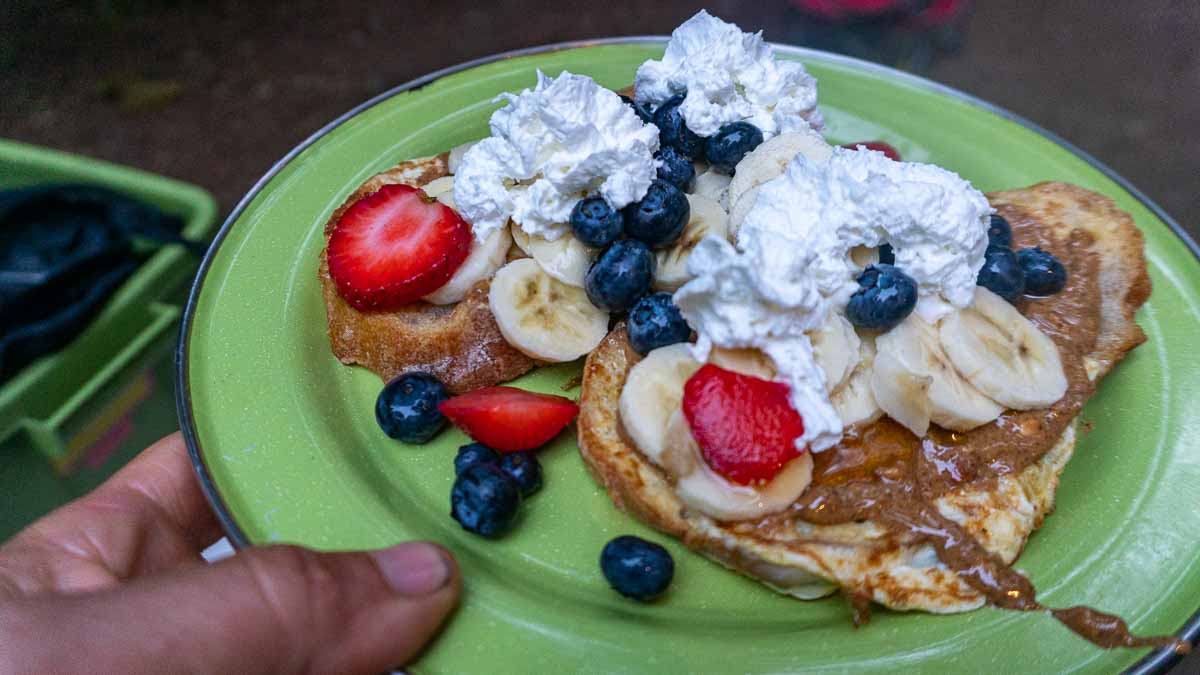
What to eat DURING your big day out:
During a trail run, or ultra-type event, you’re most likely going to be hitting a couple different intensities and paces.
At lower intensities (heart rate zones 1-3), your muscles are going to be primarily using stored body fat for energy. Even someone with relatively low body fat % could have over 100,000 calories stored as fat that they can tap into.
At higher intensities (zones 3-5) your muscles REQUIRE carbohydrates to function optimally. That’s why it’s important to make sure to have carbohydrate sources with you so you can refuel. “Bonking” or “hitting the wall”, is when a runner has burned through all of their stored carbs, and is practically forced to bring their intensity level down. Bonking in the backcountry can actually be pretty dangerous.
In general, it’s recommended that for a run or adventure lasting more than an hour, your fueling strategy includes carbs every hour. Depending on duration and intensity levels, trail runners can benefit from anywhere from 30-90 grams of carbohydrate per hour.
For back-to-back, stage-race-style running, the higher end of that scale is probably best.
So what does that look like?
Well, there are plenty of carbohydrate sources that a runner could eat during a big day. Everything from energy gel (20-30g of carbs) and sports drink (40-50 g of carbs) to a classic PBJ or a potato wrap. (50-70 g of carbs).
Practice makes perfect with endurance fueling, and you’ll have to play around with different sources and amounts of carbs to see what works best for you.
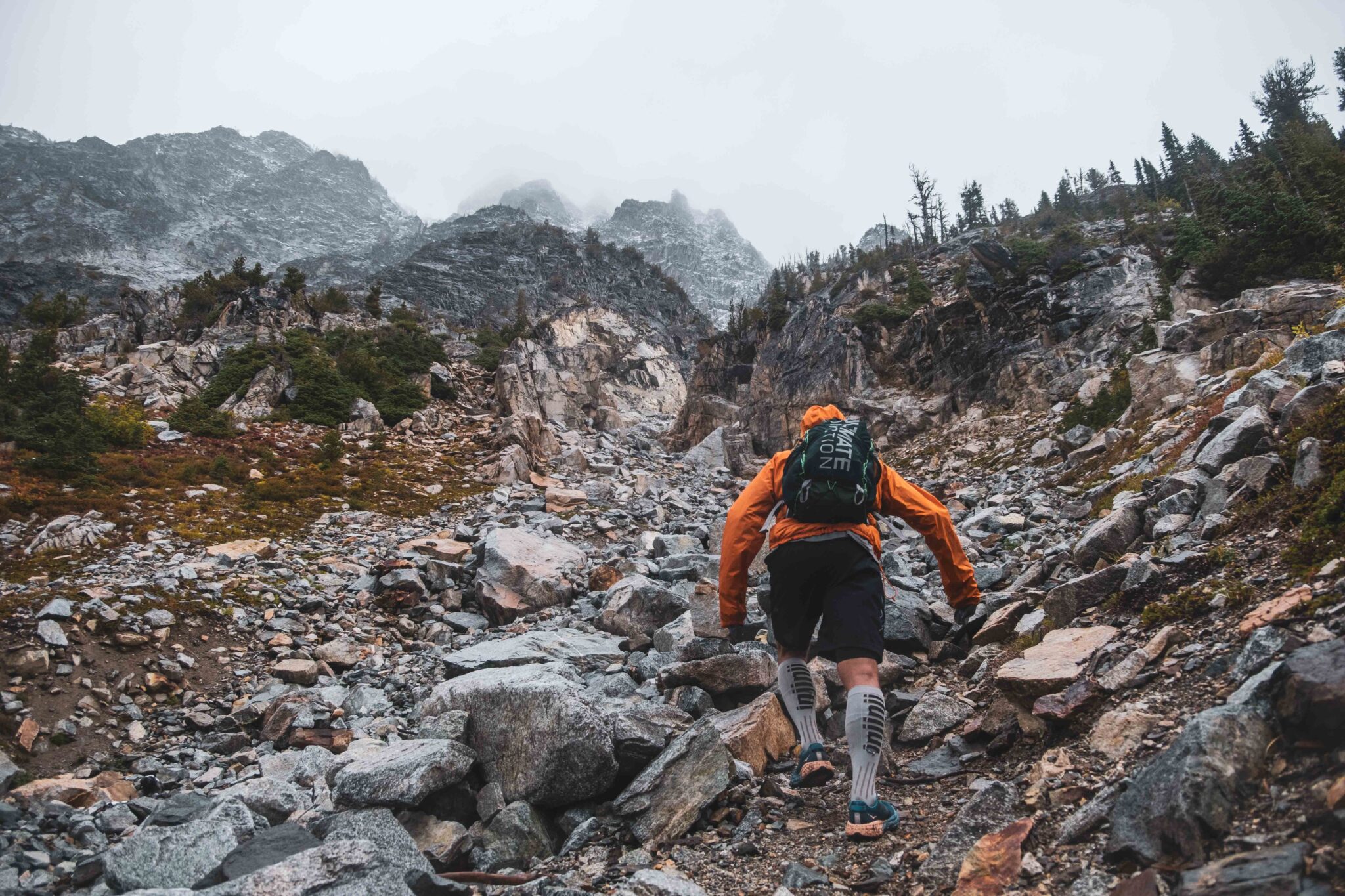
What to eat AFTER a long effort:
Following a long or more intense effort, it’s really important to make sure you are re-fueling well, so your body has the building blocks it needs to make adaptations. This is even more crucial when you are doing multiple long runs or adventures on back-to-back days.
If you’re still feeling extra sore and beat up from yesterday, today’s effort isn’t going to be near as fun.
There are 4 primary aspects of recovery nutrition that I recommend for your fueling strategy:
1. Rehydrate (that’s a no-brainer)
2. 20-30 g of protein, especially the amino acid Leucine
3. At least 20-30 g of carbohydrate
4. Foods rich in antioxidants, such as berries, greens, and spices.
Including those nutrients in your recovery meal will give your body the building blocks that it needs to recover well and make the physiological adaptations that lead to better fitness.
An easy go-to recovery food is a smoothie. You can put plenty of carbohydrates (bananas, berries, citrus, fruit juice), protein (soy milk, dairy milk, nuts and seeds, protein powder), and antioxidants (greens, berries, spices) in a smoothie that make it a recovery powerhouse.
To sum it up:
Before = carbohydrate
During = carbohydrate
After = carbohydrate, protein, and antioxidants
If it feels intimidating to start incorporating every aspect of fueling into your plan, just start with one aspect. If you haven’t been eating before your long runs and adventures, start by trying to dial that in. With time and practice, you’ll be able to find a fueling strategy that works for you so you can feel strong, fast, and enjoy doing what you love.
Editor’s Note: Nutrition on Aspire Trips
Food is an integral part of Aspire trips. Running with us means highly nutritious meals calibrated to impress your taste buds and prepare your body for (often back to back) days on the trail.
Expect mornings packed with carbs and just the right amount of protein. Lunch is build your own sandwiches and wraps with a wide array of fixings, accompanied by an ample stash of all the bars, gels and electrolytes you’ll need for your trail miles. Dinners are nothing short of revelatory, but we won’t spill the beans on the menu just yet.
Special dietary needs? Let us know and we’ll make sure you’re taken care of.
Favorite beverages, bars, or snacks? We do that too!
We’re looking forward to breaking bread together! For more info, take a look into the Aspire kitchen on the blog.
Vic Johnson loves moving through wild places as efficiently as possible, and his goal is to help other outdoor athletes do the same.
He’s taught nutrition education to collegiate sports teams, and has coached triathletes, mountain athletes, and runners throughout the world. Learn more at www.mtnsportsnutrition.com.
